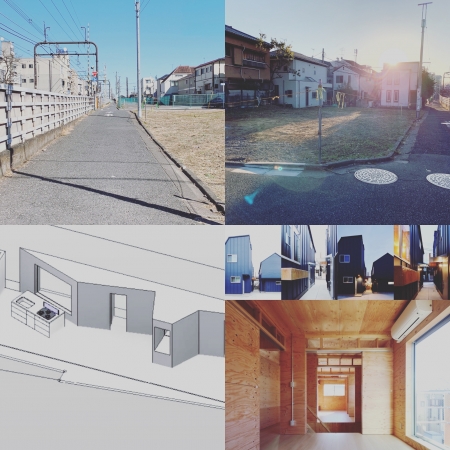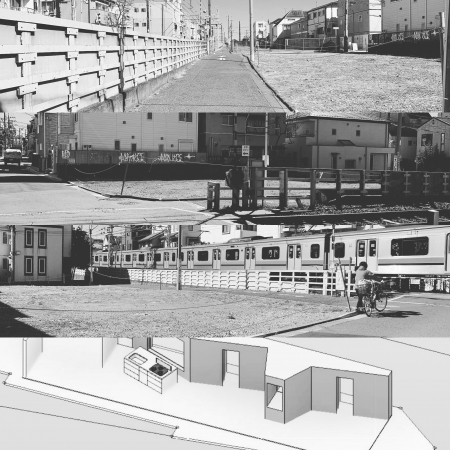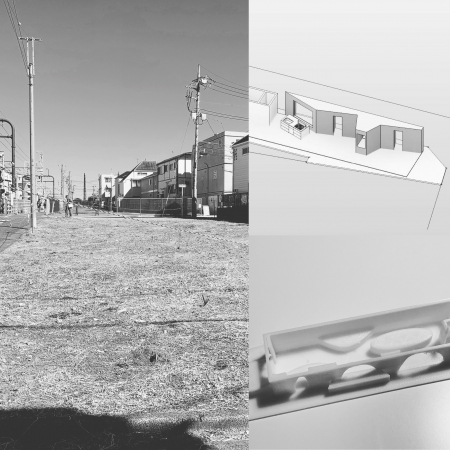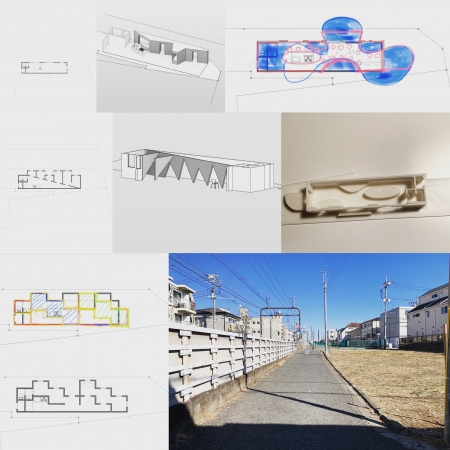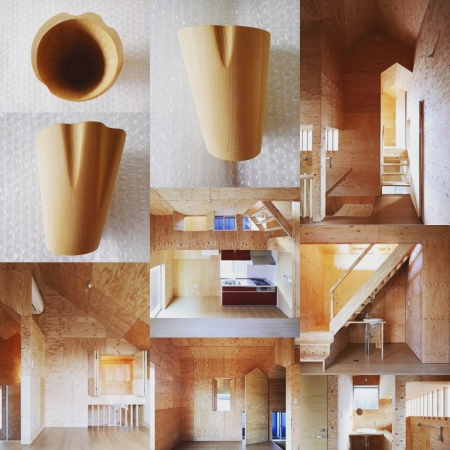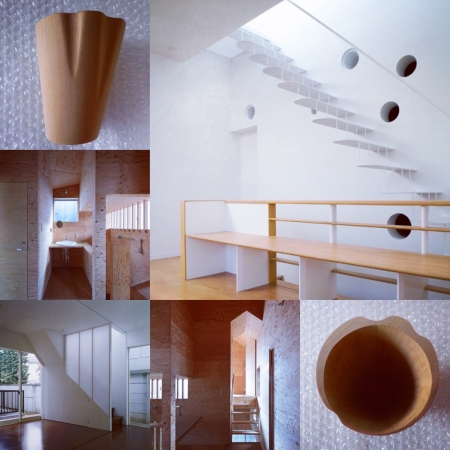どこかで見たもの
「どのように見せたいか」と考える時、形や色が最初に思い浮かぶだろう。その時は理由よりも、言葉よりも、イメージがはじめに出てくる。ただ、その時のイメージはどこかで見たようなものである。それは多分、「どのように見せたいか」と考える時、自分が何かを見ている瞬間を思い浮かべるからだろう。
だから、「どのように見せたいか」と考えると既視感のあるものばかりになってしまう。
"What I saw somewhere"
When you think about "how you want it to look," the shapes and colors come to mind first. At that time, the image comes out first, rather than the reason, rather than the words. However, the image at that time is like what I saw somewhere. Perhaps it's because when you think about what you want to look like, you think of the moment you're looking at something.
Therefore, when you think about "how you want to look", all of them have a sense of déjà vu.



